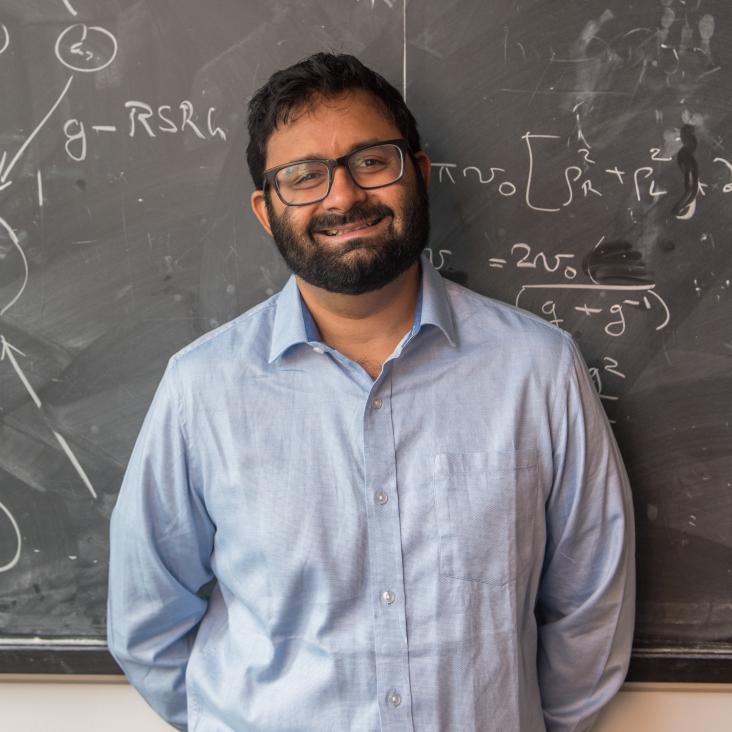Order and disorder in AKLT antiferromagnets in three dimensions
Physical Review B American Physical Society (APS) 79:2 (2009) 024408
Order and Disorder in AKLT Antiferromagnets in Three Dimensions
(2008)
Absolutely Stable Spatiotemporal Order in Noisy Quantum Systems
Physical Review Letters American Physical Society


